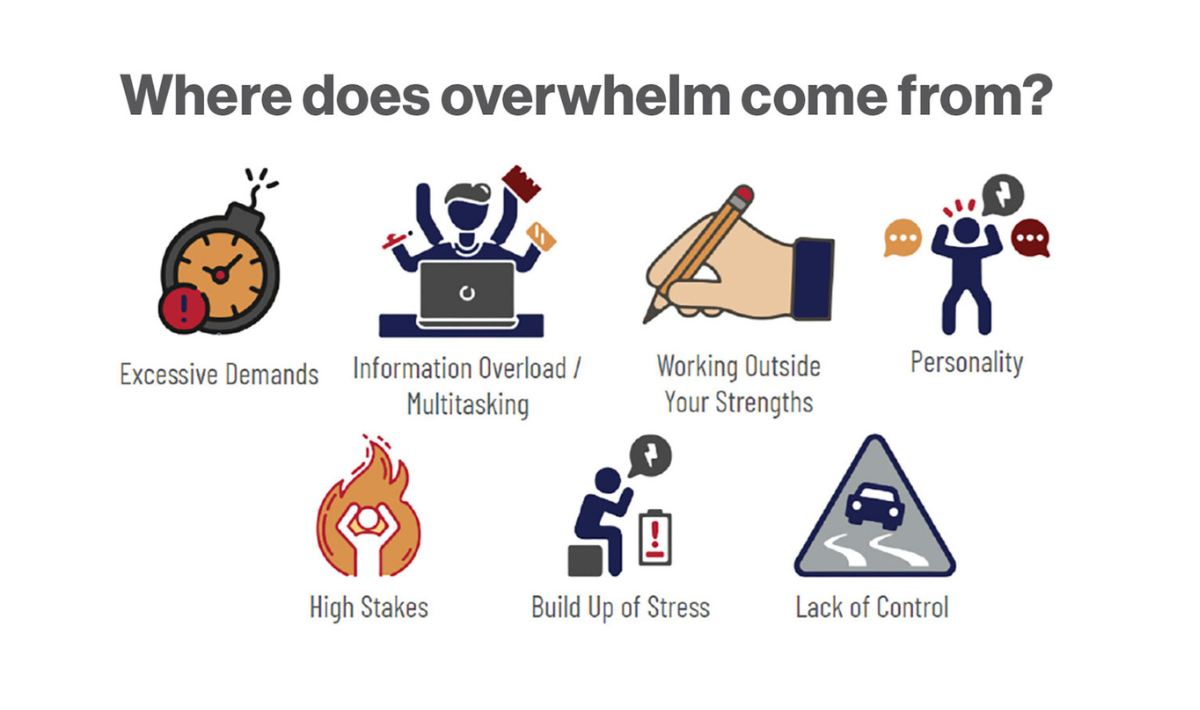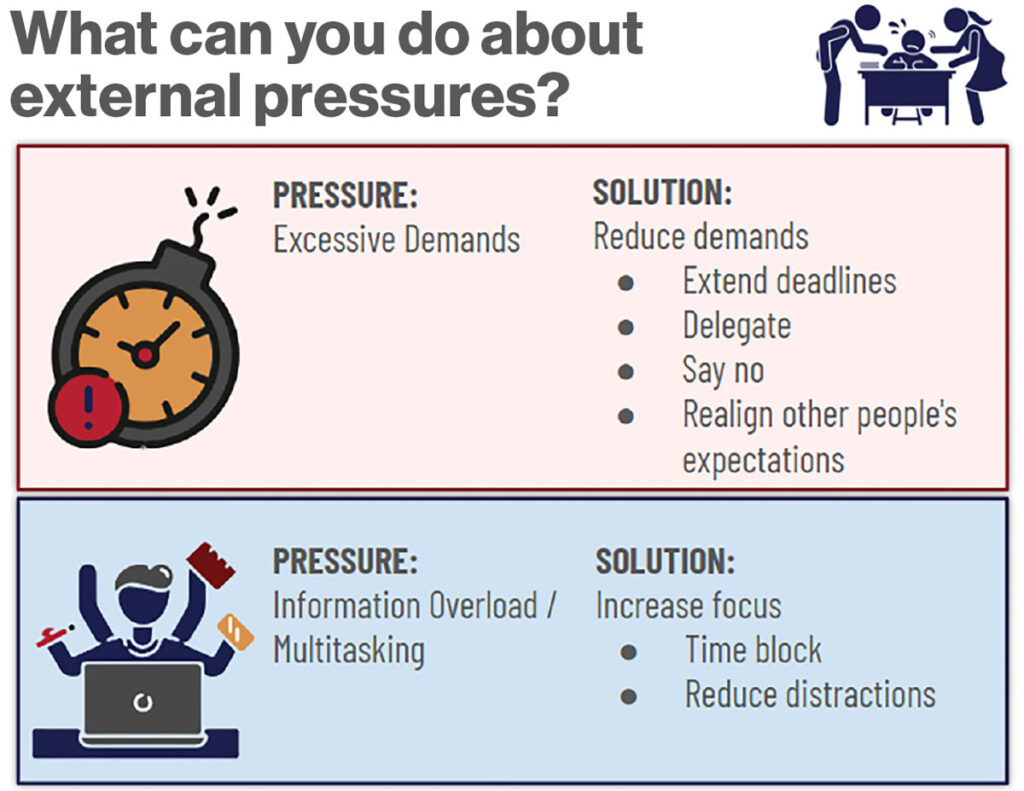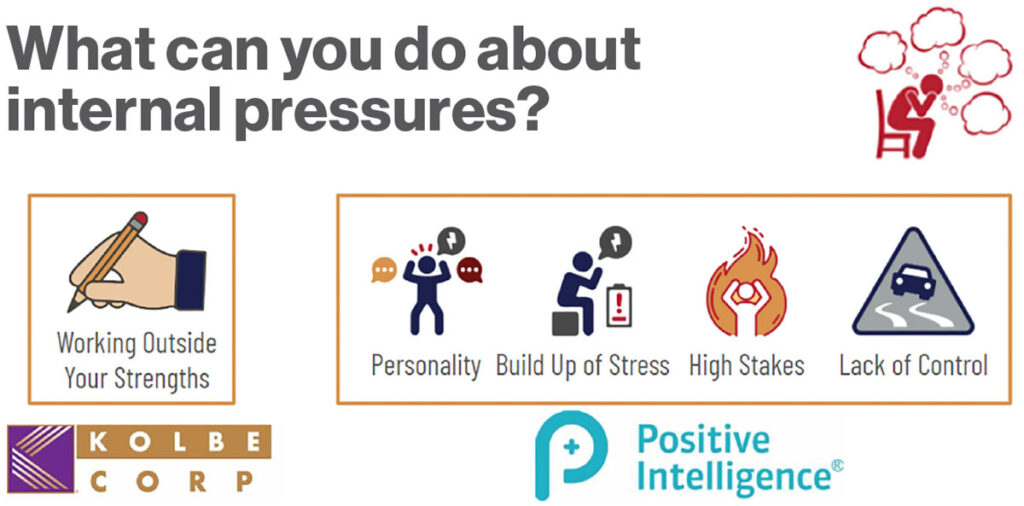Tactical solutions to move from a place of anxiety to confidence and clarity as a leader while guiding your team from chaos to momentum.
Overcoming obstacles is a part of growing and succeeding as both a leader and as an organization. There may be times that both leaders and their teams may feel pulled in many directions, frustrated, or overwhelmed within the workplace.
The DEO provides tools that dental leaders can use to help themselves and their teams work more efficiently and feel less overwhelmed when facing challenges.
In this article, we will discuss strategies that leaders should implement to create immediate actionable steps to avoid workplace and personal overwhelm. We’ll also share key takeaways that dental leaders can put into place with teams to tackle issues that will inevitably come up in the dental industry.
The structure of the DEO growth model begins with you, the team, and then business. We will focus on the “you” and “team” aspects of the model, to guide leaders on how to bring themselves from a place of anxiety to confidence and clarity while also bringing teams from a place of chaos to momentum. Leaders will hone in on their executive mindset to make meaningful differences and help their teams move forward.
Overwhelm
The source of overwhelm is often the result of excessive demands. This includes demands that we’ve placed on ourselves, circumstances in our home/family life, demands from our team members, supervisors, and more.
Another source of overwhelm is information overload. We live in a digital age, and there’s a ton of information coming at us from every direction — all the time — which causes stress. Overwhelm can also be caused by multitasking, as we increase the levels of stress hormones in our body by switching from task to task. Working outside of your natural strengths in a professional setting contributes to stress and internal strain.
In terms of how dental employees deal with overwhelm, we all have different personalities, and therefore we all deal with stress differently. Some people are perfectionists, others procrastinate and let things build up, and others may be wanting to control everything. These different qualities can become stressors when they occur within certain workplace situations. We react to these stressors the best we know how, as we have often learned early on how to cope and deal with life’s challenges. Though, when we don’t have a place to discharge stress, it continues to build.
The positive here is that there are many coping mechanisms that can be deployed both professionally and personally. Sources of overwhelm fall into two buckets: the first bucket is external pressures, things that are happening in the environment, and internal pressures, things happening inside of our brains and bodies.
What can you do about external pressures? To address excessive demands, employees can ask supervisors or managers to extend deadlines and keep advocating for these extensions. Leaders can also delegate tasks. If an employee can do a task at 70% of what needs to be accomplished, then a leader should delegate the task. Trust that employees will get better with experience and time, and this will also take responsibilities off your plate.
Dealing with external pressures can also mean saying no, and sometimes this can mean saying no to ourselves. For pressures such as information overload and multitasking, increase focus through time blocking (putting time on the calendar for certain types of work) and sticking to it. Reduce distractions by closing your door, working on a task outside of the office, or closing computer tabs and putting phones on silent.
With internal pressures, often leaders can feel pressure when they are working outside of their strengths. To determine these, take the Kolbe Assessment to understand the strengths that your role requires. For owners, if there isn’t a leadership team built out already, then it can feel like you’re in charge of everything and therefore are always operating outside of your strengths.
Addressing stress
There are a variety of factors within the management of a dental organization that can cause a buildup of stress. This stress can also be addressed through positive intelligence (PQ). PQ is similar to the measure of your intelligence (IQ) or emotional intelligence (EQ) — it is the measure of your positive intelligence, and serves to help leaders understand the percentage of time your mind is serving you as opposed to sabotaging you. It also assesses how much mastery you have over your own perspective versus how much you are at the whim of your own thoughts ruminating in your mind.
PQ is a way to get leaders to recognize their negative thoughts and transform them into positive ones. Positive intelligence addresses the negative patterns inside of us, called saboteurs, which are a source of negative emotions, causing a set of automatic and habitual patterns of thinking. Negative experiences can cause us to have saboteurs, but there are ways to take action to get these thoughts out of the driver’s seat:
- The first saboteur is the Controller, someone concerned with not messing things up, so they control all the little details.
- The Pleaser is all about trying to gain acceptance and affection by pleasing other people, but they instead may not hold people accountable when needed, for fear of damaging the relationship.
- Then, we have the Stickler, who spots inaccuracies immediately and tells teams with frustration, often causing employees to feel on edge.
- The Hyper-Vigilant always looks out for threats and is constantly afraid of what could go wrong, and as a result, can have a hard time quieting their mind at night.
- The Hyper-Achiever tends to be those who look for a sense of value and self-worth in their achievements, which leads to team burnout, as these types push for things when the team is tired or needs a break.
- The Restless saboteur constantly has new ideas but has a hard time following through on things, which can frustrate the team because nothing is completed.
- Avoiders are leaders who struggle to make decisions and hopes things go away on their own.
- The Hyper-Rational thinks emotions are weak and that they don’t belong in the workplace, so the team can feel misunderstood and not validated.
- Finally, the Victim is a person who always complains and focuses on the negatives.
We all have a mix of all these saboteurs, but some are more prominent than others. If leaders are more aware of these traits, then they can understand themselves and change the way they interact with their teams, ensuring that they are positively interacting with people in a professional setting.
Recognizing your own saboteurs is all about mastering yourself and your thoughts so that you can correct them and interact differently externally, even when they are in one of these saboteur modes. If you know the why and awareness behind your feelings, then you can more readily change them. You won’t necessarily ever get over these saboteurs, but the more you can understand your micro-signals, the better you can pivot and in turn run the business better. Also, if we reduce the sense of overwhelm across teams, staff will feel more capable, confident, productive, and supported.
Tools to address overwhelm
There are also tools that can help leaders to address overwhelm. The first tool is the Three Gifts Technique, which helps shift you out of the saboteur perspective. Once you notice that a certain emotion is coming up, you can then practice identifying at least three scenarios where the bad situation could be a gift or an opportunity. To practice this, reframe negative thoughts by naming three things that are positive about the situation. This can help you retrain your thoughts to move forward and reframe when overwhelmed.
Often, leaders can also fall into the trap of focusing too much on the gap, which is when we visualize an ideal goal and measure our success based on what we achieved. Though, when we measure success on the gap in what we achieved, we feel unhappy and inadequate having never reached the end goal.
The second tool to address overwhelm is measuring success by focusing on what was accomplished instead of the gap. To focus on the gain instead of the gap, look back at where you started to get an idea instead of how far you came. Always measure success backward, focusing on what was achieved from the starting point.
The process of changing your mindset takes reps like building new muscles at the gym. Recognizing saboteurs and utilizing these tools takes consistency and time. Have compassion for yourself and take it slowly, increasingly becoming more familiar with responding to your saboteurs. From here, you can take action by completing the saboteur assessment, and also by practicing noticing your saboteurs in a professional space. When you start feeling overwhelmed at work, try the Three Gifts Technique and Measuring Success Backwards so you can reframe your focus on being in the game of success with your team.







